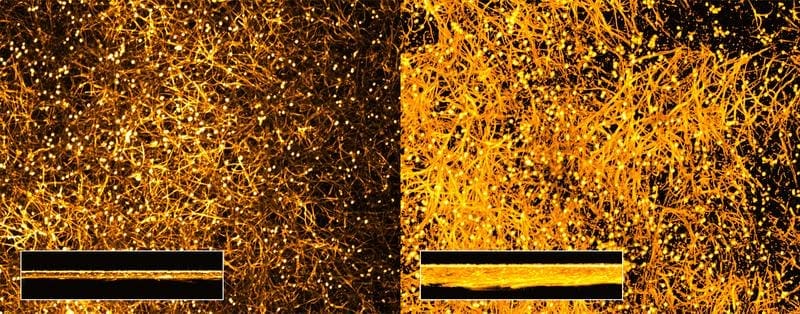Sensation: Albumin triggers fungal virulence
A research team led by the Leibniz Institute for Natural Product Research and Infection Biology (Leibniz-HKI) in Jena has uncovered a previously unknown mechanism by which the yeast Candida albicans can damage human tissue. The study, published in Nature Communications, shows that the protein albumin, which is abundant in the blood, can transform harmless Candida strains into dangerous pathogens. This finding explains why some clinical isolates appear harmless in the laboratory but trigger infections in patients.
Candida albicans is part of the normal human microbiome and colonizes mucosal surfaces without causing any harm. However, the fungus can become pathogenic in immunocompromised people. Until now, mechanisms such as toxin production or the formation of hyphae were known to damage tissue. The Jena researchers have now discovered an alternative pathogenicity strategy: in the presence of albumin, the most common blood protein, even Candida strains that are considered harmless begin to damage cell cultures. They grow faster, form biofilms and release a cytotoxic lipid molecule called 13-HODE, which directly attacks human cells.

The discovery resulted from the observation that some clinical Candida isolates caused no damage in standard laboratory models, even though they came from infected patients. Through microscopic analysis, transcriptomics and metabolomics, the team found that albumin reprograms the metabolism of the fungus. This leads to the production of 13-HODE via lipid oxidation pathways not previously associated with fungal virulence.
The results underline the need for physiologically relevant test systems that better replicate the environment of the human body. Standard laboratory conditions are often not sufficient to recognize the dangerousness of fungal strains. The study also shows the importance of testing clinical isolates that reflect the diversity of real infections. Candida albicans proves to be highly adaptable, as a single host protein such as albumin can tip the balance from harmless to pathogenic.
The findings could revolutionize fungal research and provide new approaches for antimycotics in the long term. The study was supported by the German Research Foundation and the Free State of Thuringia, co-financed by the European Union.
Original Paper:
Editorial office: X-Press Journalistenbû¥ro GbR
Gender note. The personal designations used in this text always refer equally to female, male and diverse persons. Double/triple references and gendered designations are avoided in favor of better readability.




